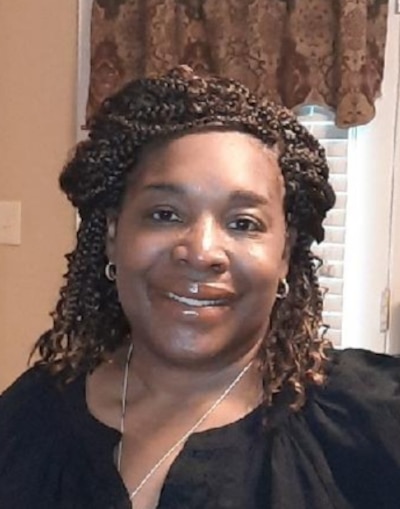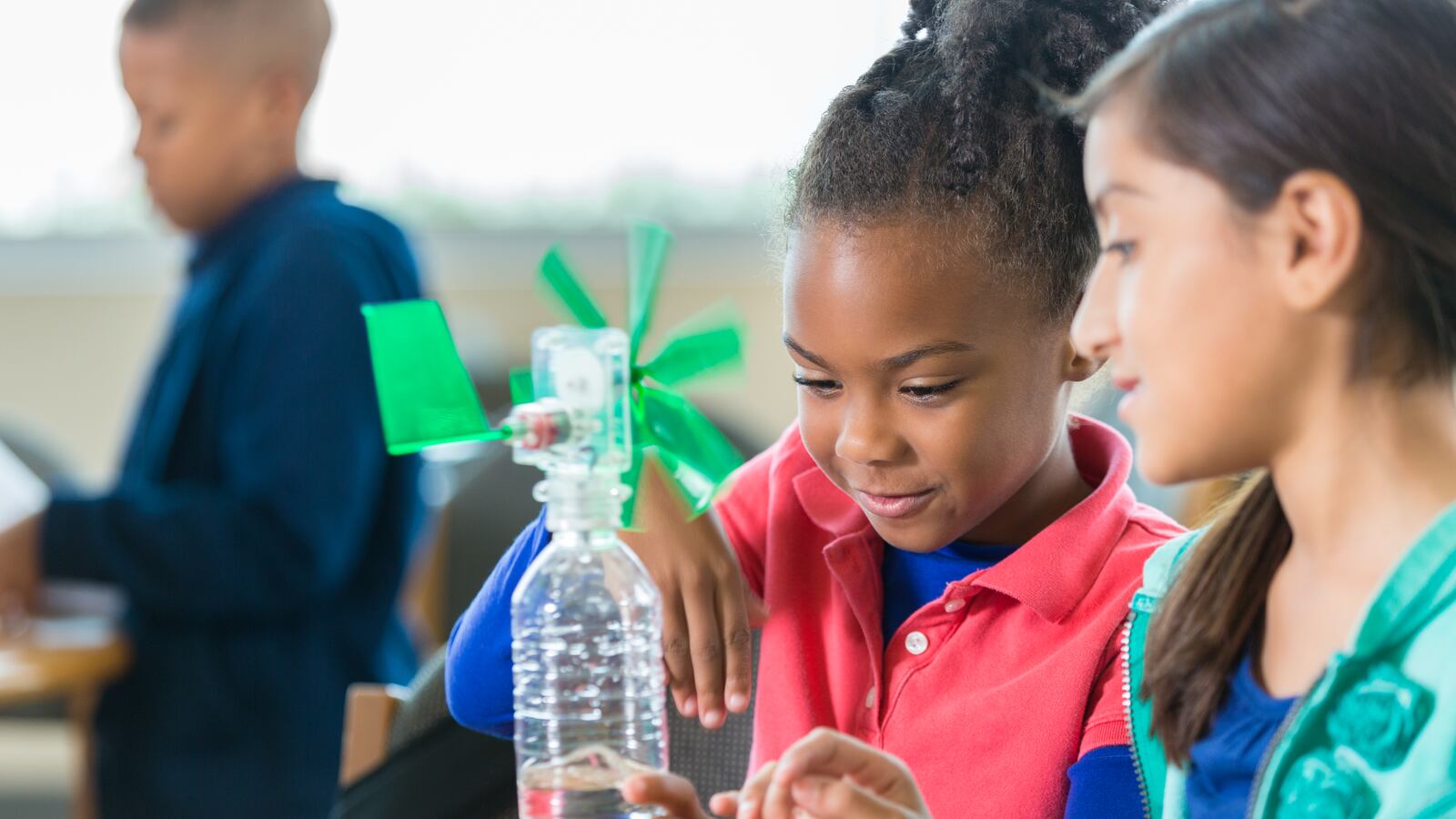As an African American woman with a degree in mechanical engineering, I accepted the calling in 2013 to teach elementary-aged students. Over the past eight years, I have dedicated my life to the pursuit of educating our children and have not regretted one moment of changing careers.
Over the course of my teaching career, I’ve often wondered, “How can our schools instill the love of math, science, and technology in all children, especially African Americans, at the elementary level?” Unfortunately, according to the U.S. Department of Labor, African Americans are the least likely to enter technology fields.

But I’m ashamed to say that I did very few science and technology projects in my first few years as a teacher. I shied away from STEM-based projects because I didn’t want to take the time away from other instruction. In my mind, the 30 minutes allotted for science just wasn’t enough. I also felt STEM projects were appropriate for middle and high school students who were more mature.
Boy, was I wrong! STEM projects allow children to “figure it out,” thereby gaining independence. When there is discussion, reasoning, and innovation happening among the students, that is instruction.
I witnessed this first-hand last summer as a teacher in my district’s summer camp coordinated by our district’s director of STEM education, Ben Di’Chiara. Trenton Special School District in Tennessee offered a learning loss camp that incorporated STEM topics. Campers were between the ages of 5 and 9. Most of the students were in the program because of gaps in their academic performance.
It was a very diverse group of students, and I saw African American students completing challenges with creative thinking, reasoning, and imagination. They operated robots, engaged with escape rooms, and used the program TinkerCad to design and build boats to carry Moana and friends across the finish line without sinking.
I was so encouraged by their success. The summer experience took away all doubt about the importance of making classroom time for STEM projects. Seeing the excitement and joy of my third graders as they participated in the challenges brought satisfaction to my soul.
Seeing the excitement and joy of my third graders as they participated in the challenges brought satisfaction to my soul.
Support from my elementary school has helped, too. This year, our school appointed a teacher as our STEM coordinator. He encourages and supports our efforts to incorporate STEM into our curriculum. Whatever we need — be it supplies, materials, or even ideas — he makes it happen. All we have to focus on is the actual activity (and to watch our students having fun while they learn). As a result, we are doing more STEM projects schoolwide, even in our after-school tutoring program.
I’ve also realized that STEM projects don’t have to be elaborate. They can be simple and still rewarding for you and your students. While studying the solar system, we learned about the moon’s phases using Oreo cookies. At Halloween, students developed their hypotheses before observing a candy Halloween pumpkin in four different liquids (hot & cold water, vinegar, and oil). They reported on their findings and compared the results to their hypothesis. They’ve been challenged to see who could build the tallest paper cup Christmas tree without it collapsing.
I know it’s not all up to me. The Nation’s Report Card for Technology and Engineering Literacy reports that 63% of eighth graders said family members taught them about building things, fixing things, or understanding how things work. This statistic indicates that family members already have important roles in encouraging technology and engineering literacy.
But African American mentors also allow students to see themselves in the roles they didn’t think they could attain. As of 2021, the STEM workforce was only 9% African American. It’s up to educators like me to help change that. To start: I’m committed to providing students with STEM time that they look forward to.
Sheronda Rivers is a teacher in Jackson, Tennessee.


